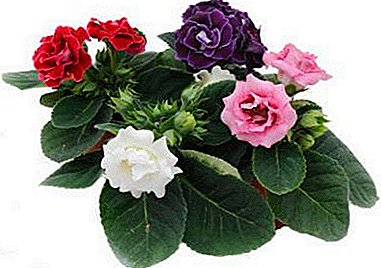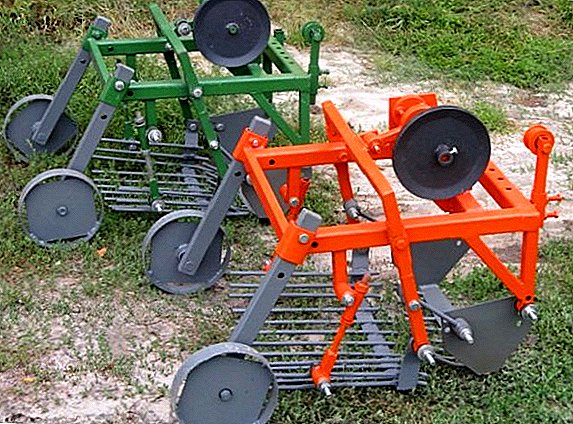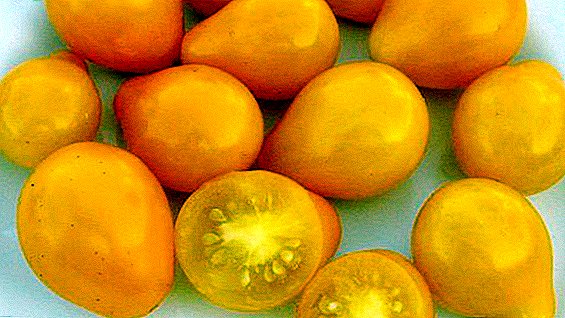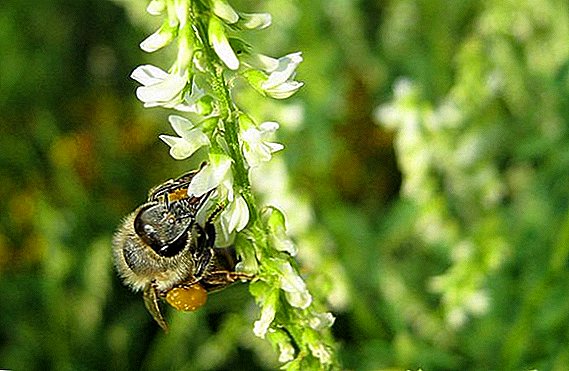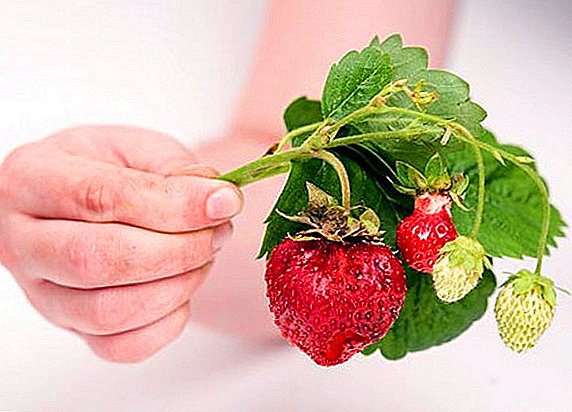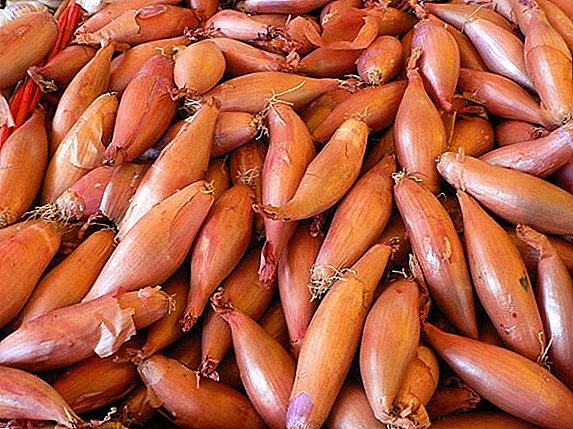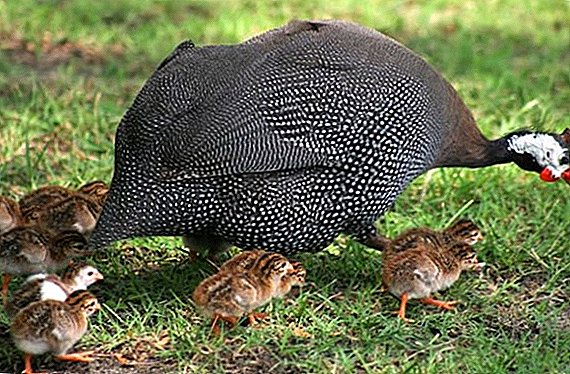
Hibiscus - a plant with large beautiful flowers, originally from the tropics. Like any tropical plant, hibiscus needs good care.
However, sometimes there are situations when, despite timely and good care, the plant refuses to bloom.
The flower of death, like the Chinese rose, is another well-known name for hibiscus. Let us examine the reasons that prevent the Chinese rose from blooming. And also we will talk about what to do if the plants stopped blooming and the buds began to fall off.
When does it bloom at home?
Hibiscus begins to bloom at 3-4 years of age. And since the homeland of this plant is the tropics, then it can bloom almost all year round. At home, flowering usually begins from early spring to mid-autumn.
Why doesn't it bloom?
Consider why indoor hibiscus, this flower of death, ceased to bloom in the house, gives only foliage and does not form buds.
Non-observance of temperature
In order for hibiscus to start forming flower buds, it is necessary to provide air temperature up to 15 degrees above zero. At this temperature, the soil begins to dry more slowly, therefore, hibiscus should be watered very rarely. This is the main secret of obtaining luxurious flowering. Therefore, during the rest period, the plant must be cut and move to a room where the air temperature will be about 15 degrees, and light day - 9-10 hours.
Direct sunlight
 Hibiscus loves a lot of light, but when left in direct sunlight, it can get burned. If, after a period of rest, the flower is rearranged to a warm room with direct sunlight, then in addition to burns on the leaves, you can get another problem - fallen buds. In such circumstances, the Chinese rose will not be able to develop normally, besides there is the likelihood of complete foliage abscission.
Hibiscus loves a lot of light, but when left in direct sunlight, it can get burned. If, after a period of rest, the flower is rearranged to a warm room with direct sunlight, then in addition to burns on the leaves, you can get another problem - fallen buds. In such circumstances, the Chinese rose will not be able to develop normally, besides there is the likelihood of complete foliage abscission.
In order to avoid this, it is necessary to rearrange the plant in a room with diffused light. Ideal for windows in the east and west locations. If all the windows face the south side, the light can be softened with the help of tulle.
Irrigation Disruption
Excessive watering causes the water to stagnate in the pot, the roots stop breathing, and the plant either does not form buds, or sheds them. Insufficient watering of hibiscus also leads to the fact that the plant does not bloom, it just starts to dry out. Therefore, it is necessary to ensure that the soil in the pot was wet, and at the same time, the water in it did not stagnate. In the summer, moisten the soil 1-2 times a day. During the rest period, watering is practically stopped.
Low substrate quality
If the flower was not transplanted in time or an unsuitable substrate was used for planting, the plant will receive less of the necessary substances and will not bloom. Not conducive to flowering and a high nitrogen content in the soil. When this situation occurs, the plant must be transplanted. Hibiscus requires moisture-absorbing and breathable soil. Usually they buy ready-made soil mixture in the store, or they make up themselves from humus, sod, peat land and sand.
Inappropriate size pot
Too large pot leads to the fact that the roots begin to consume less moisture and oxygen. As a result, the soil remains wet longer, and the roots stop breathing. Ideally, in order for the hibiscus to bloom, it is necessary for it to grow in a cramped pot. Therefore, if the buds do not appear on the hibiscus for a long time, while all the conditions were observed during the rest period, it should be transplanted into a smaller pot.
Damage by parasites
Pests such as aphids, spider mites, whiteflies and thrips can sometimes appear on hibiscus. When they appear on a flower, it not only ceases to bloom, but also begins to actively “bare”: buds and leaves fall. To save the flower from pests, you must use special drugs to combat parasites. After the pests disappear, it is necessary to cut the plant in order to grow side shoots on it.
Important! In order not to aggravate the situation and not to harm the plant even more, it is necessary to use the preparations strictly in accordance with the instructions.
Departure from the rules of transplantation
 Some gardeners either very often transplant the plant, exposing it to stress, or, on the contrary, forget about this important procedure, as a result of which the plant is in the old soil for a long time, not receiving enough nutrients and oxygen. All this leads to the fact that hibiscus postpones flowering for a more favorable time.
Some gardeners either very often transplant the plant, exposing it to stress, or, on the contrary, forget about this important procedure, as a result of which the plant is in the old soil for a long time, not receiving enough nutrients and oxygen. All this leads to the fact that hibiscus postpones flowering for a more favorable time.
In order to avoid this, it is necessary to observe the terms of transplantation. Young plants must be replanted every year. Adult specimens - 1 time in 2-3 years. Sometimes, instead of transplanting, you can simply change the top layer of soil.
Temperature disturbance during flowering
Too cold a temperature can lead to the fact that the buds formed during the rest period will not start to bloom. To hibiscus bloom in time, it is necessary during the period of awakening (which begins in February) to rearrange the flower in a warmer place, providing it with a temperature of 23 to 30 degrees above zero.
Insufficient air humidity
In the summer hibiscus needs not only careful watering, but also in moist air. If this condition is violated, the plant will not bloom. In order to increase the humidity and create a flower comfortable conditions for flowering, it is necessary in the summer to sprinkle the plant 1-2 times a week. Regular spraying is also a good prevention of the appearance of spider mites.
Failure to follow the rules of feeding
Sometimes in order to accelerate growth and flowering, hibiscus is simply “overfed” with fertilizers. As a result of a glut of soil, the flower not only ceases to bloom, but also begins to lose leaves. If the flower was overnourished with nitrogen, then the foliage begins to grow, but the buds cease to appear. Therefore, it is recommended to apply fertilizers only in spring and summer, and in the winter to completely stop feeding. It is best to use organic or mineral fertilizers in low concentration. During the growing season, fertilizer is applied 1 time in 10 days.
What to do if the plant stopped blooming and the buds fell off?
There are situations when the hibiscus suddenly ceased to please with its flowers, and the buds began to fall off actively. Causes of this problem:
- Insufficiently abundant watering, so that the soil dries out strongly, and the plant, for self-preservation, stops flowering and drops buds.
- Low air temperature, which leads to the fact that the plant begins to prepare to "winter".
- Damage by pests.
When this problem occurs, first of all it is necessary to analyze the conditions in which the flower grows: whether it is sufficiently illuminated, whether the soil is dry, whether there are any pests.
Further you need to fix the problem by changing, for example, watering, the location of the pot with a flower, or treat the plant from parasites.
How to properly care?
 And yet, how to make an indoor hibiscus bloom at home, what should be done so that the plant always blooms on time and pleases with its beautiful buds. You need to properly care for him:
And yet, how to make an indoor hibiscus bloom at home, what should be done so that the plant always blooms on time and pleases with its beautiful buds. You need to properly care for him:
- Observe the light and temperature conditions. Keep the flower from drafts.
- In the warm season, subject to the absence of wind, make a flower on the street or on the balcony to fresh air.
- Observe the irrigation mode and the humidity in the room. Do not flood the flower and prevent the soil from drying out.
- Water for irrigation to use a soft, room temperature, preferably filtered.
- Time to feed.
Thus, in order for the buds to form on the hibiscus and in the future it pleased with its beautiful flowers, it is necessary to create optimal conditions for it and to properly care for it.


